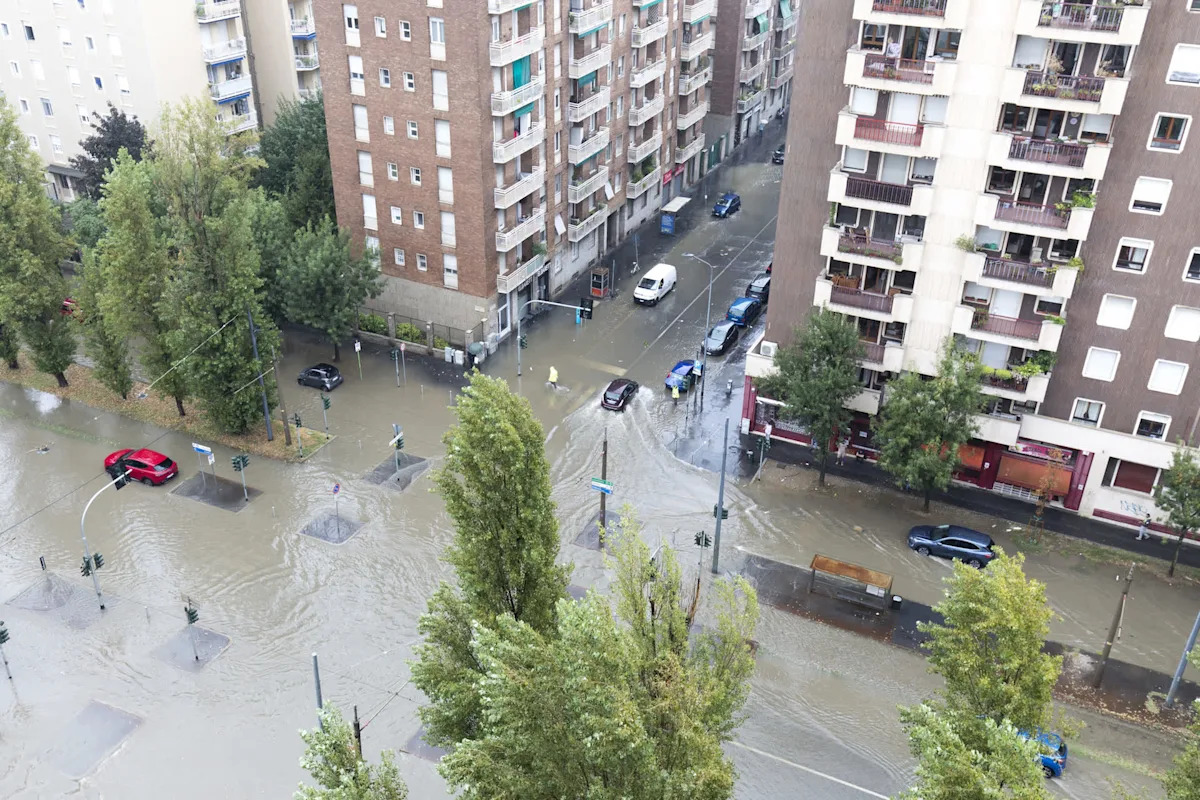Researchers from **Pennsylvania State University** and collaborating institutions have developed an advanced artificial intelligence model that significantly enhances the prediction of flood disasters. The new technology promises to deliver more accurate forecasts in a fraction of the time required by traditional methods, addressing a critical need for improved disaster preparedness.
Floods pose a considerable threat, not only damaging property but also eroding the sense of security associated with homeownership. The innovative model developed by this research team aims to mitigate these risks by utilizing AI to analyze vast amounts of historical river data, leading to faster and more reliable predictions. According to **Chaopeng Shen**, a professor of civil and environmental engineering, “With our new approach, we can create simulations using the same process, regardless of the region we are trying to simulate.”
Advancements Over Existing Models
The current standard for hydrology forecasting is the **NOAA National Water Model**, which, while trusted, has been criticized for its slow performance. Traditional calibration processes can take weeks, as they require feeding decades of river data into the system one site at a time. Shen described these methods as “time-consuming, expensive, and tedious.”
In contrast, the new AI-based approach leverages neural networks to identify patterns across extensive datasets. Instead of recalibrating for each river basin, the model can generalize insights from previous data, making it adaptable to new areas. **Yalan Song**, a co-author of the study, explained that “the neural network applies general principles it interprets from past data to make predictions,” while still adhering to the physics of water behavior.
The researchers tested the model using 15 years of river data to simulate 40 years of streamflow. The results showed that the AI’s projections were approximately 30% closer to actual historical records across 4,000 sites, demonstrating a marked improvement over existing tools.
The Future of Disaster Preparedness
This groundbreaking technology has the potential to transform flood prediction, allowing for quicker responses to imminent threats. Shen noted that “with a trained neural network, we can generate parameters for the entire U.S. within minutes.” Tasks that previously required extensive resources and time on multiple supercomputers can now be accomplished in hours on a single machine.
The implications of this research extend beyond flood prediction. Similar AI methodologies have been applied in various fields, such as designing safer solid-state batteries and mapping urban vegetation for climate adaptation strategies. While concerns about the resource consumption of AI training persist, a study from **Hugging Face** and **Carnegie Mellon University** indicates that advancements are being made toward more sustainable practices.
As the industry transitions to renewable energy sources, these innovations could provide families with additional time to safeguard their lives and belongings during catastrophic events. The ongoing development of this technology highlights the critical intersection of artificial intelligence and environmental safety, paving the way for a future where disaster preparedness is more effective and accessible.





































































